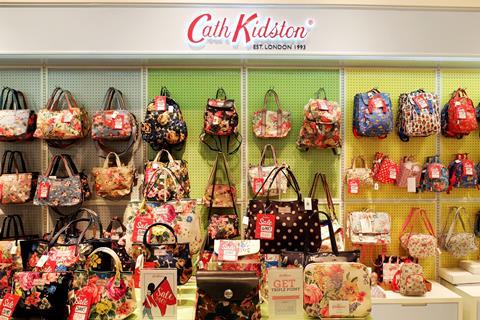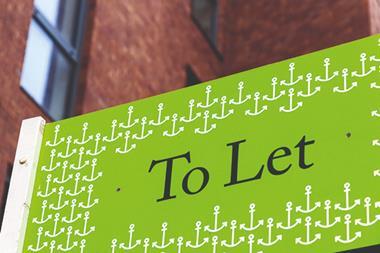Take a moment to look at the havoc wrought in the past few weeks: Debenhams, Carluccio’s, Laura Ashley, Cath Kidston and more have all entered administration or are about to; £7.7bn has been lost in market capitalisation from the top four UK retail REITs; 66% of March’s rent was unpaid; 500,000-plus non-essential stores were banned from trading; and footfall was down 90%-plus.

The tide has gone out and left everyone exposed. The question is: can retail survive the coming months?
The evidence so far is that many companies will not. Of those that have gone under to date, a number had underlying issues, but in the coming weeks we will likely see failures of businesses that were trading well pre-lockdown.
And do not think it is a case of weathering this storm before returning to normal: in the same way that lockdown has created a ‘new normal’, so the post-Covid-19 situation will be a step change again, for ours is now a world in fast-forward.
The lockdown has accelerated many of the nascent consumer trends that were already under way; we have jumped forward five years in the space of two weeks. Now the genie is out the bottle, we will not be able to go back. Every aspect of our lives has changed and, with necessity being the mother of invention, we have seen huge upheaval matched by inspiring innovation, often driven by the smaller, more nimble operators.
That combination of consumer acceleration and economic fallout is now forcing retail property to face many of the challenges that had been repeatedly kicked down the road.

Some of these, like business rates, are political. The majority, however, are self-inflicted. Among these, the most glaring of all is how we value the store. A lease structure grounded in 1950s behaviours was already anachronistic, but now it is no longer fit for purpose.
The impact of Covid-19 has been to tighten the focus of consumers: into the local area, into what they put in their baskets and their mouths and which brands they allow into their lives.
Brands that can create that connection and immediate relevance will be the ones that survive and indeed thrive. The store remains the greatest portal to do this, and valuing it accurately should be the top of both occupiers’ and owners’ to-do lists, albeit from very different perspectives.
So how do you bring together two traditionally opposing points of views? Start by equally sharing risk and reward – the heated arguments between owner and occupier can only be resolved if both sides co-operate. This means agreeing objective, measurable terms of engagement and structuring a lease that reflects this with a larger proportion reflective of sales performance.
Two-way communication
The owner must deliver both high-quality and high-quantity footfall and prove to the occupier that it is doing so. Evidence of who the shopper is, where they come from and how they are behaving should be fully shared.
In return, the occupier must be open on customer engagement by sharing sales data – not just turnover through the till but also returns, click & collect and online sales within the catchment.
In today’s data-rich world, the insight is available, and where it is not there are third-party alternatives. CACI works with both owners and occupiers, as well as high-frequency datasets, to provide that objective, neutral space where confidential data can be shared without commercial confidences being breached. Having an objective third party applying a pre-agreed methodology allows all concerned to reach a position where the store is accurately valued and future uncertainty and risk reflected.
The new normal will be a world in fast-forward. Those that move with the consumer, co-operate, innovate and engage with one another will survive.
Those that fight the tide are destined to fail.
Alex McCulloch is director of CACI Property Consulting Group































No comments yet